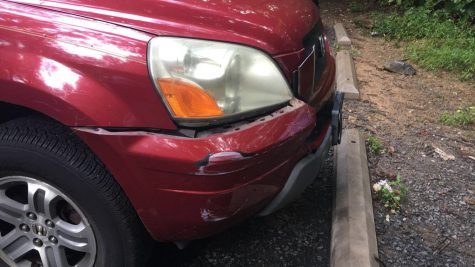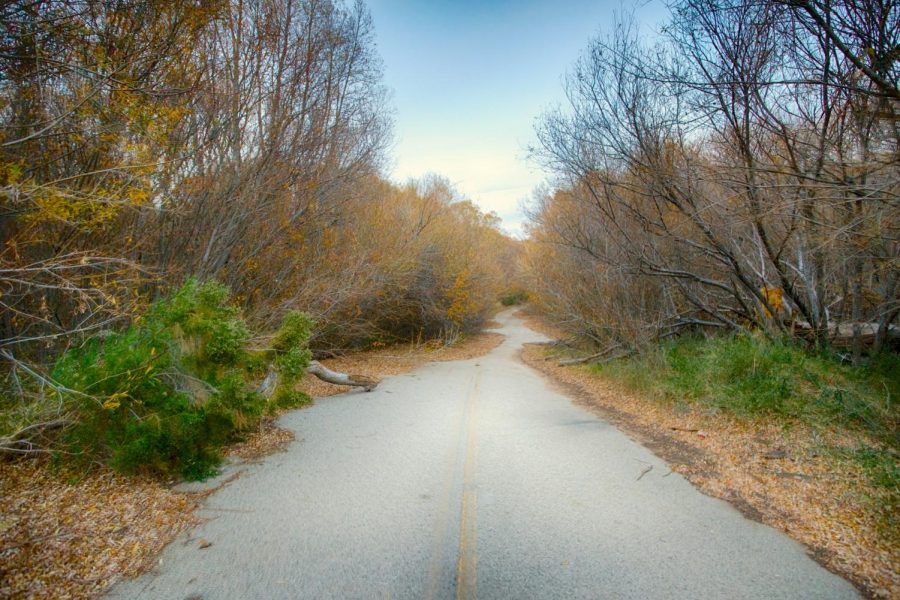I hit an animal with my car
September 4, 2018
Sunday morning, it was me and my lead foot, music loud, engine revving. Seventeen years old and allowed full custody of the 4,000 pound murder weapon that is my Honda Pilot.
It felt like my car had struck a wooden box.
At 5:00 a.m., my densely-wooded neighborhood was pitch black. Silence seeped eerily into the morning fog; it was easy to assume that the entire world was asleep. I was too eager, going 10 miles over the speed limit in order to catch the sunrise at Scott’s Run.
It was in that moment that I, a staunch animal rights advocate and vegan of over 3 years, hit and killed a large animal with my car.
In Driver’s Ed, a small segment of curriculum is dedicated to animal collision prevention. We learned to take special care near deer-crossing signs, to remain alert for other animals following close behind the one that appears in the road, and to sound our horns to deter them.
According to John Griffin from the Humane Society of the United States, cars are “one of the largest, if not the largest anthropogenic cause of death for wildlife.” That’s more deaths than poachers, deforestation or pollution. When layered with teen driver statistics, for me, this accident exposed a host of road-related issues relevant to our Northern Virginia homes, which are rich with both wildlife and novice drivers.
 Leah DeFreitas
Leah DeFreitas
The damage to my car was jarring, consisting of hanging jagged pieces, deep indentations, and my license plate swinging low to the road. Later that morning, while my boyfriend popped the plate back into place and gently wiped the fur from the bumper, I sat trembling in the driver’s seat. The guilt that came with taking this animal’s life in such a violent way has permanently altered the way I think and act behind the wheel. Before another person in my community is faced with the physical and emotional consequences of an animal-car collision, I want to share advice that I hope will help to prevent future incidents.
- Go the speed limit. No matter if you drive down this particular road every night on your way home from practice, no matter if this street never has any pedestrian traffic or police vehicles, go the speed limit. This will give you time to slow down and react safely if an animal (or a person) is to dart out in front of your car.
- Know the times of day you are most likely to encounter an animal in the road. In the dark, whether that is late in the evening or at the crack of dawn, larger mammals such as foxes, deer, raccoons and coyotes tend to stray into the roads. While this time of day might have less car traffic, this does not mean you can become less in tune with your surroundings.
- Turn down the music in heavily-wooded areas. The brain’s ability to multitask should not be tested while driving where animals are most likely to appear in the road. When you enter a heavily-wooded area, take this moment to turn down the radio, slow down and pay close attention to the road.
- Stay alert. While it may seem elementary, this step is one of the most glazed over topics of safe driving, especially amongst licensed teens. In the seconds your eyes are taken from the road in front of you, whether that is to look at your phone or even to watch the car behind you through the rearview mirror, you risk missing an animal walk out into the path of the vehicle. Keeping your eyes on the road at all times will put the odds in your favor of seeing an animal before it is too late.



